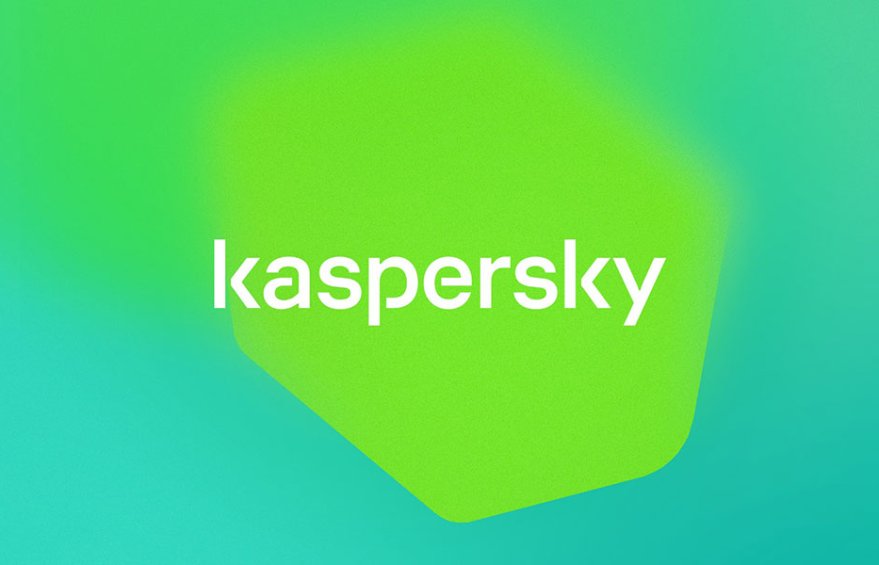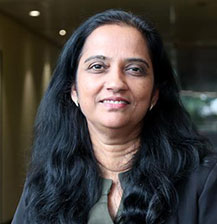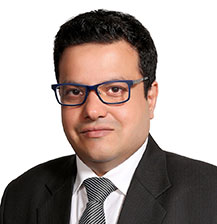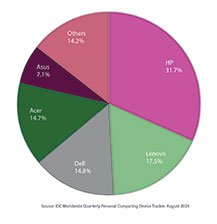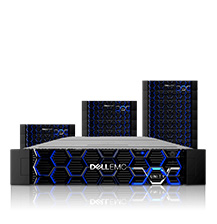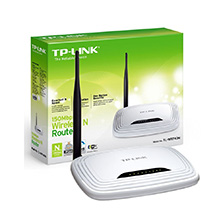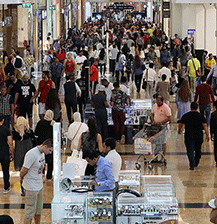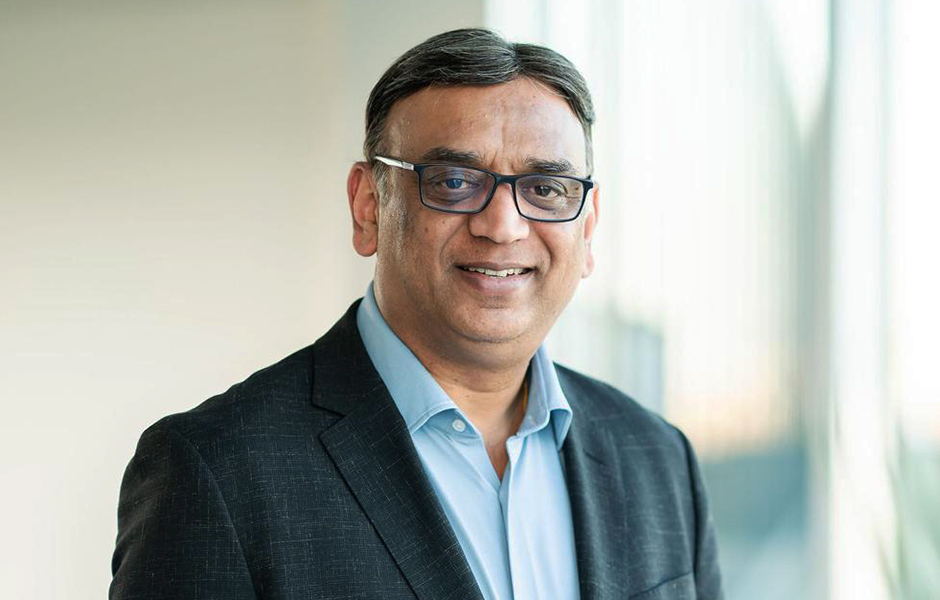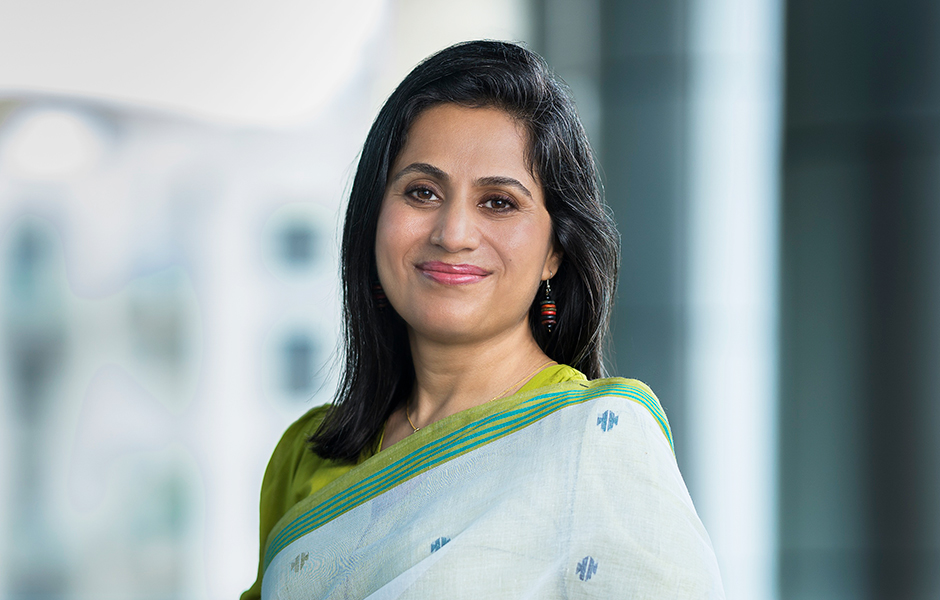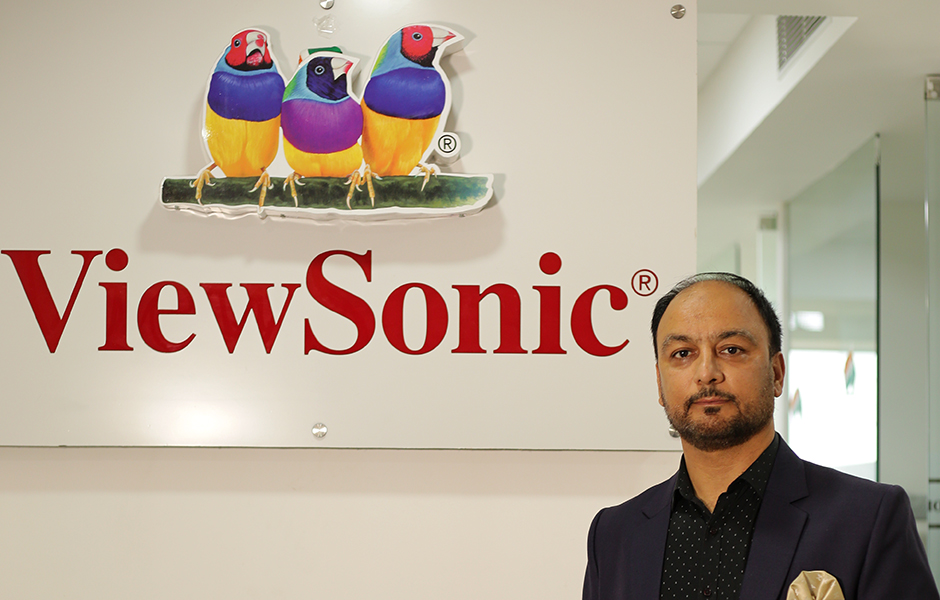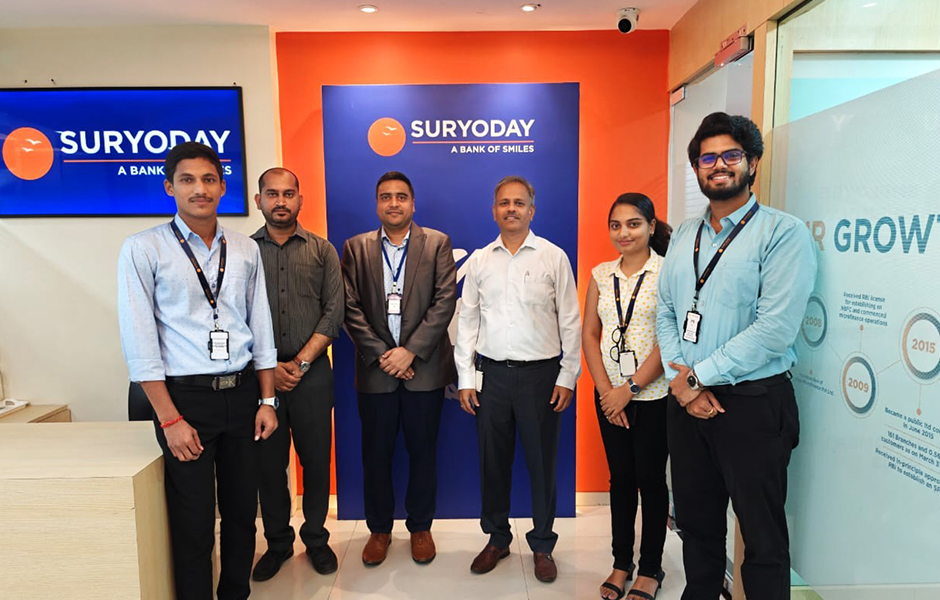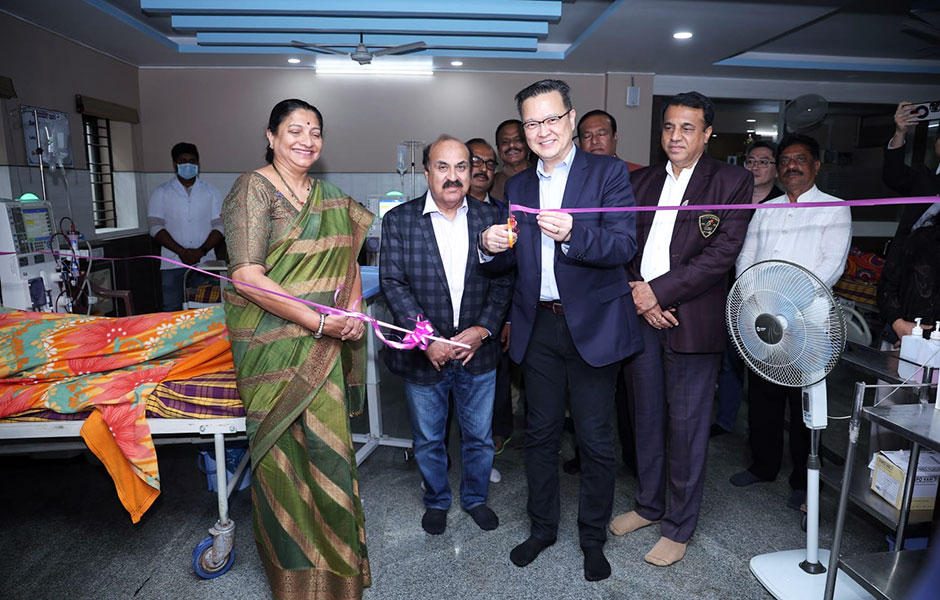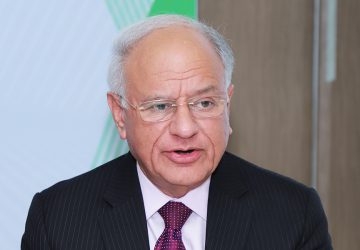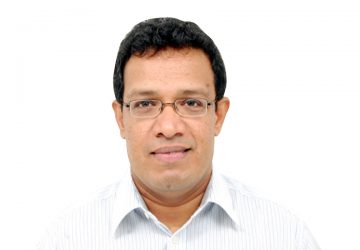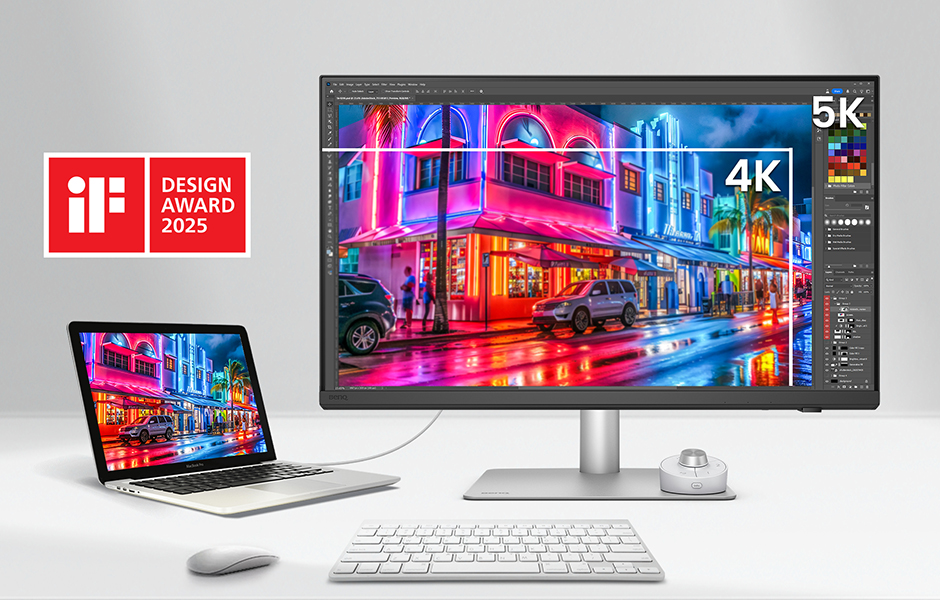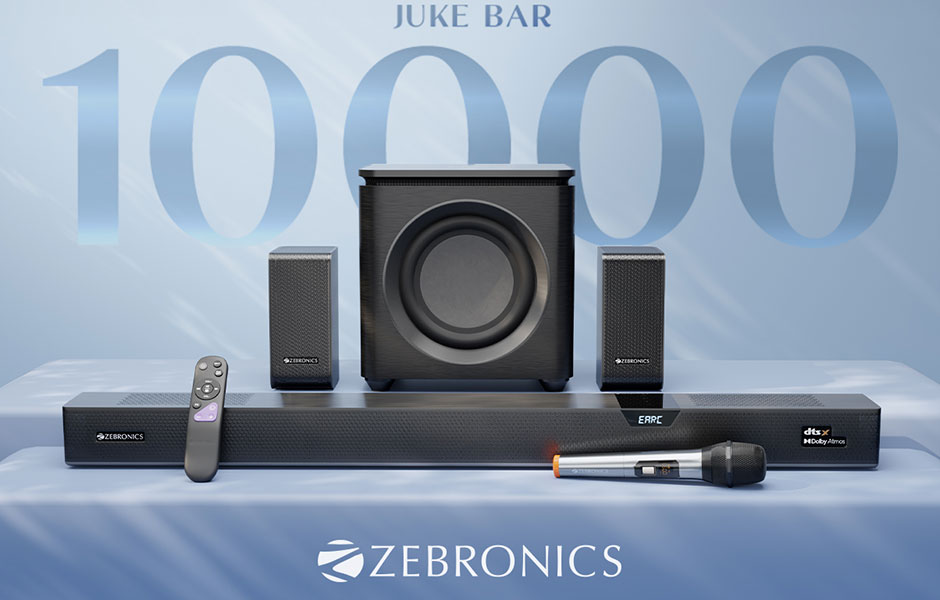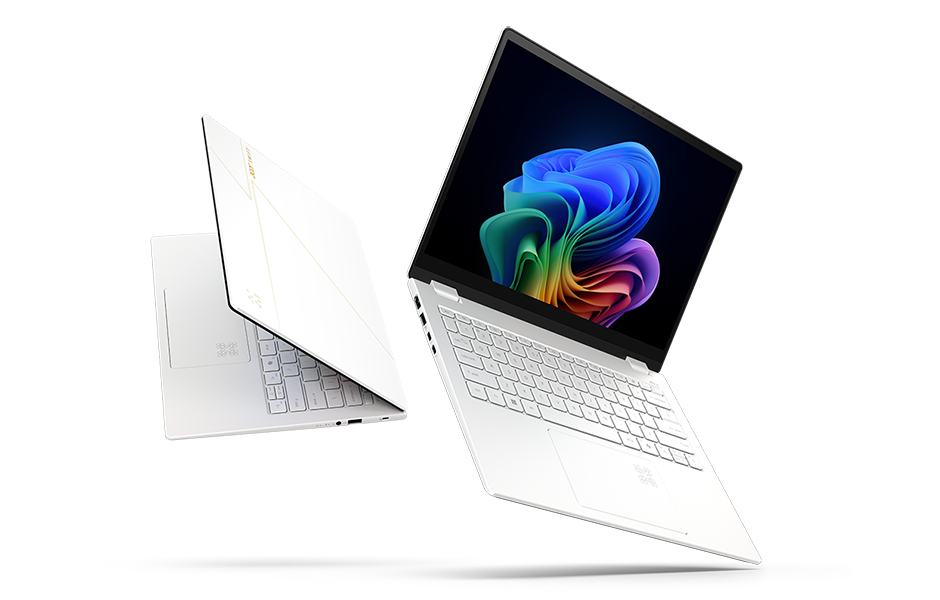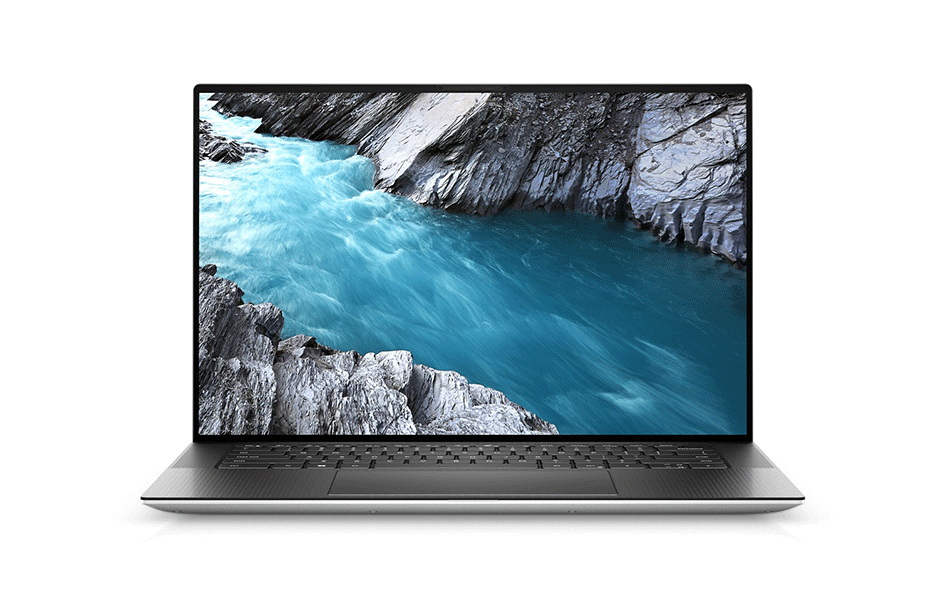Indian data centre market to get massive investments of over Rs 1.20 Crore in next five years: ICRA
Digital Edge Bureau 12 Jun, 2022 0 comment(s)
According to ICRA, the Indian data center market is all set to witness massive investment sprees to the tune of over Rs 1.05 – 1.20 Lakh Crore in the next five years
Of late, the Indian data centres (DC) market has been witnessing healthy growth primarily driven by large hyper-scalers like Amazon web services, Google, Microsoft, Facebook, IBM, Uber, and Dropbox, which are outsourcing their storage needs to third party DC providers. To cater to the increasing demand, Indian business entities like the Hiranandani Group and Adani Group as well as foreign investors such as Amazon, EdgeConnex, Microsoft, CapitaLand, and Mantra Group have started investing in the Indian data centres. Along with them, existing players like NTT, CtrlS, Nxtra and STT India are also expanding their capacities. Overall, 3900-4100 MW of capacity involving investments of Rs 1.05 – 1.20 Lakh Crore are likely to get added in the next five years. All these have been revealed by ICRA in its latest report.
“The favourable regulatory support, rapidly growing cloud computing, increasing internet penetration, government effort on digital economy, adoption of new technologies (like IoT and 5G), growing needs of hyper-scalers are some of the major factors driving the demand for data centres in the country. The sector is likely to witness a five-fold increase in capacities in the next five years. In addition, Government of India (GoI) accorded infrastructure status to the data centres in the Union Budget 2022-2023. This will enable the players to get access to longer tenured debt at competitive rates and access to foreign funding through the external commercial borrowing route”, said Rajeshwar Burla, Group Head, Corporate Ratings, ICRA.
The industry revenues are expected to increase at a CAGR of around 18-19 percent during FY2022-FY2024 (24 percent CAGR growth during FY2018-FY2021), supported by increase in rack capacity utilisation and ramp-up of new DCs. With increase in revenues and better absorption of fixed costs, operating margins are likely to improve and remain in the range of 40-42 percent. The ROCE is expected to remain modest as the DC players are in continuous large capex mode wherein the ramp-up of the DCs happen over a period of time. The key challenges for the sector are, increasing competitive intensity which is expected to exert pressure on margins for incremental business and large-debt funded capex plans could exert pressure on credit metrics of the players.
“Between the two major services provided by the DC players, co-location services account for around 62-65 percent of revenues as compared to managed services which account for 28-30 percent of revenues. The upcoming investments are geared towards meeting high demand in co-location services. These services have higher operating margins due to shared resources compared to managed services clients. On the cost structure, power expenses account for 55-60 percent of total costs towards maintenance of multiple cooling paths and redundancy. Given the ESG considerations for most of the key tenants, DC players are also expected to invest in green power to meet their power requirements. We can expect DC players to do substantial investments in solar power going forward,” elaborated Burla.
Interestingly, some of the state governments including Maharashtra, Telangana, Karnataka, and Uttar Pradesh (UP) have provisions of special incentives like exemption on stamp and electricity duty, power subsidies, land at subsidised cost and other concessions by some of the state governments to boost DC investments. Further, the IT ministry has plans to offer incentives worth up to Rs. 15,000 crore under a national policy framework for DCs. This includes an incentive of 4-6 percent if the components (IT hardware and power) are procured from the Indian manufacturing units and incentive of up to 3 percent for use of renewable energy.


